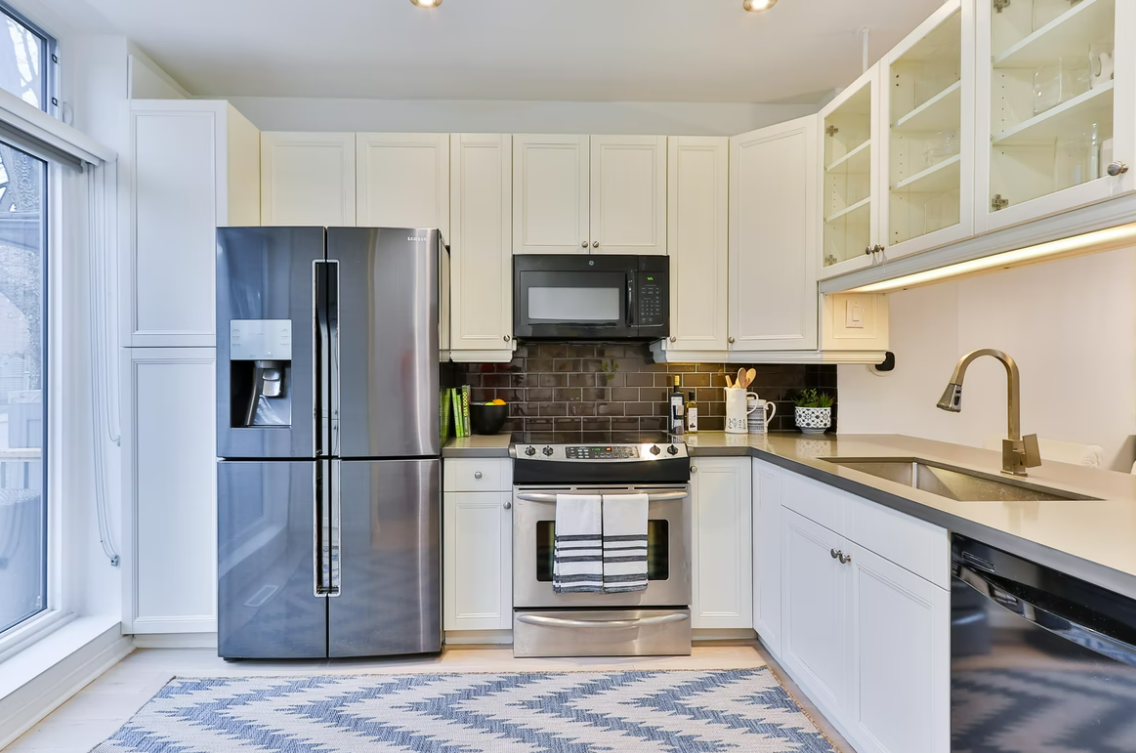Freezers are an overlooked appliance, despite how dramatically they’ve changed modern living. Rarely is anyone prepared to face the potential of losing the value of the frozen stock on hand when the freezer goes out. But, a faulty freezer isn’t the end of the world either. Here are some tips and tricks to bear in mind when your freezer is on the fritz.
Pre-Planned or Expected Power Outages
If you know there is a pre-planned electrical outage, you can make arrangements ahead of time to store your frozen items elsewhere to avoid the risk of defrosting and the potential for contamination, like that which can occur with raw meat juices. Having a thermometer inside the unit as well as checking the sensor readings on the outside gives you the chance to verify if all is operating properly before and after the outage.
Minor Issues You Can Fix Yourself
Fuses, gaskets, hinges, electrical connections, and circuit breakers are all items to stay on top of to ensure your freezer is able to maintain the best conditions for your frozen contents. Checking the coils and keeping them clean and free of dirt or dust will allow them to breathe, so to speak. Be careful not to bend or damage the coils if you perform any house cleaning duties on them. Avoid pushing the unit too close to the wall or storing items inside in such a way that these elements might be pinched or pressed into poor performance.
Sub-Zero Freezer Repair
More serious issues could involve the evaporator or condenser that circulates the cold air throughout the freezer. Sometimes a relay switch is not triggered to power the compressor, and this is an issue that requires a prompt resolution. A clicking noise could indicate that the relay is not functioning as it should and fails to engage the fans as needed. When you are faced with a freezer malfunction that is beyond your ability to fix, you should not hesitate to bring in the professionals for sub-zero freezer repair.
Freezing and Food Safety
The freezer needs something in it for optimal performance. If it is at least half full, you can rely on the fact that the freezer gets most of its sub-zero control from the frozen items contributing to that cold threshold. This is especially true if you open and close the freezer regularly.
It is important to be aware of the recommended food safety and danger zones. Foods that have been warmer than 40 degrees for more than two hours really should be discarded. However, a full freezer can usually maintain its frozen contents for up to two days if the door is kept shut.
Organize Your Freezer Like a Restaurant Does
Commercial freezers are set up to hold contents on racks and shelves that allow for proper air circulation. While the frozen contents contribute to the cold temperature, when everything is packed so tightly that there is no airflow, it can increase the work the unit must do. Restaurants also rotate the contents in the freezer unit on a regular basis and may even have an inventory of what is stored to maintain proper storage limitations. You can follow a similar method at home to get the best performance out of your freezer.
There are some typical warning signs that tip you off to what the problems could be with your freezer. Frost buildup, too warm of a temperature, strange sounds or noises, units that do not run or that continuously run, or signs of water leaking are all telltale signals that you could use sub-zero freezer repair. Better to be safe and consult with the technicians than to lose your food storage.















